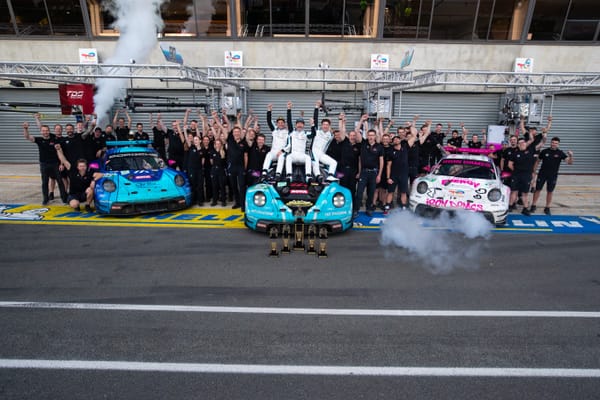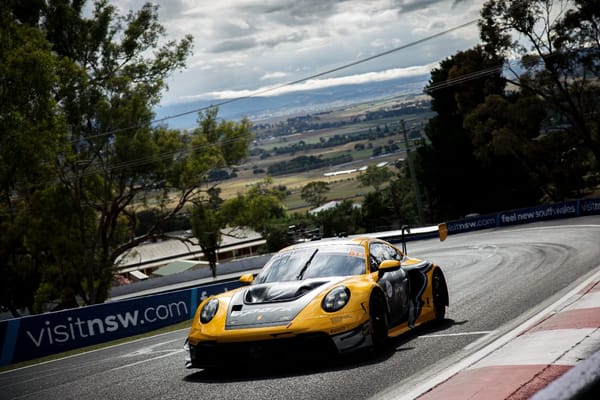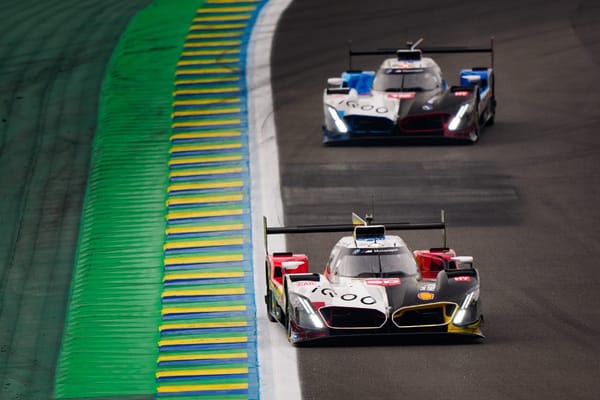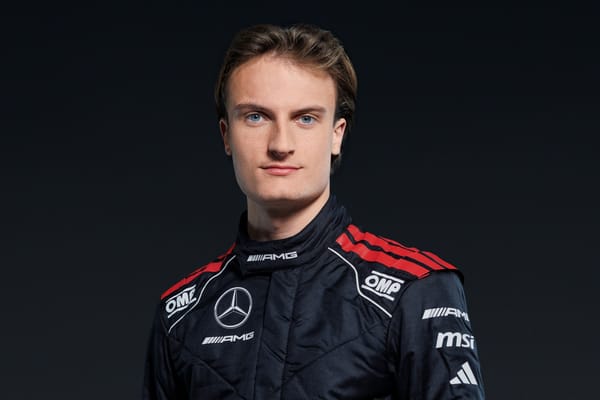PREVIEW: 2025 Formula 1 Monaco Grand Prix
Monaco 2025: Russell leads Mercedes’ reset, Audi’s structure takes shape, and the two-stop rule adds strategy to F1’s toughest race. German engineering influence is growing!
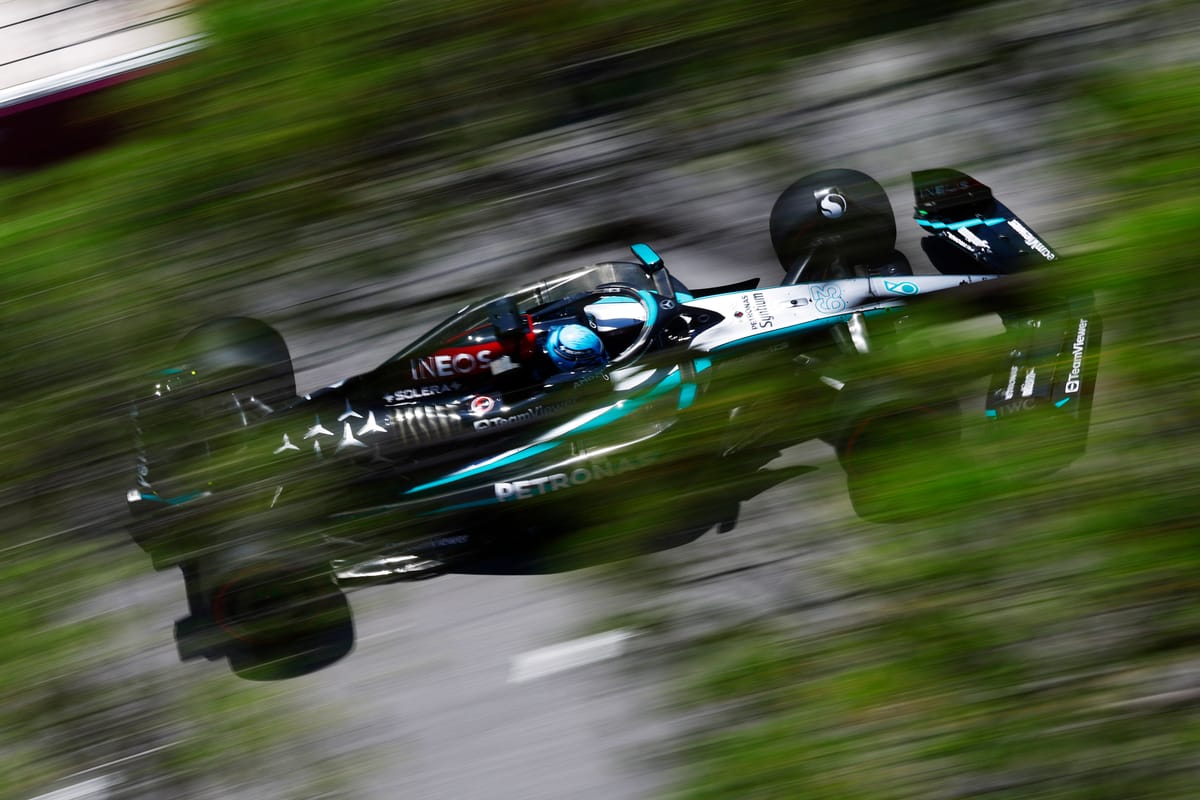
Mercedes’ Reset, Audi’s Build, and the German Approach
The 2025 Monaco Grand Prix, taking place from 23 to 25 May, is more than a display of glamour and risk on the tight streets of Monte Carlo. For German motorsport and engineering fans, it marks a critical point in Formula 1’s evolving landscape. Mercedes-AMG enters a new era without Lewis Hamilton, while Audi continues its methodical transformation ahead of a full factory debut in 2026.
Qualifying Still Decides Monaco—But Strategy is About to Matter
Monaco is a race where confidence and precision matter more than brute force. The 2025 edition brings an important change: the new mandatory two-stop rule. Teams must use at least three sets of tyres from two different compounds during the race. With overtaking nearly impossible on track, this regulation could finally add a layer of unpredictability to Sunday.
Mercedes-AMG: Life After Hamilton
Mercedes-AMG arrives in Monaco facing a new reality. Lewis Hamilton, their most decorated driver in the modern era, now wears Ferrari red. In his place, George Russell leads the team, joined by rookie Andrea Kimi Antonelli. Team Principal Toto Wolff is focused on stability and execution. ‘Qualifying is absolutely vital, and that has been a strength of ours this year. That is encouraging, but doesn’t mean anything unless we can do the job on track.’
The team struggled at Imola with tyre management on abrasive surfaces. Trackside Engineering Director Andrew Shovlin has highlighted that Monaco’s softer compounds may suit the car, but the two-stop rule will challenge their strategic reflexes. The real test is not outright pace, but whether Mercedes can adapt quickly to a new leadership dynamic and extract the maximum from a revised line-up.
Audi F1: Structure, Patience, and German Precision
Audi’s entry in 2026 is the most anticipated new project in Formula 1. The groundwork is being laid this season, as Sauber, competing as Kick Sauber and powered by Ferrari, transitions into the Audi works team. This is not just a rebadging; Audi is methodically integrating every aspect of the operation.
As of May 2025, Audi has centralised control of its F1 project:
- Mattia Binotto now oversees the entire project, coordinating car and power unit development across Hinwil (Switzerland), Neuburg an der Donau (Germany), and a planned UK technical centre.
- Jonathan Wheatley serves as Team Principal, responsible for all race operations and the team’s presence in F1’s top strategic forums.
- Christian Foyer, with extensive F1 powertrain experience, is Chief Operating Officer, ensuring streamlined operations and efficient collaboration between chassis and power unit groups.
- Stefan Dreyer continues as CTO, heading up the Neuburg-based power unit programme and acting as a management board member.
The entire structure has been rebuilt to ensure seamless integration and development speed, a hallmark of German technical culture. Sauber’s 2025 season, led by Nico Hülkenberg, is openly described as a ‘building year’, with operational evolution valued over short-term results.
Technical Evolution and the German Influence
Audi’s hybrid powertrain, scheduled for 2026, is under full development at Neuburg an der Donau. The new FIA regulations will push electric power to nearly 50% of the hybrid system and require 100% sustainable fuels, areas where Audi’s engineering depth is expected to pay dividends.
With the addition of Binotto, Wheatley, and Foyer, Audi has adopted a single-factory mentality. All technical, operational, and race management arms now report centrally, enabling the kind of rapid development and feedback loops that made Mercedes so formidable in previous eras. This approach is already being embedded at Sauber, and Monaco 2025 serves as a live test of process as much as performance.
Key Storylines for Monaco
- Mercedes: George Russell steps up as team leader, with Antonelli learning quickly. The challenge is consistency in qualifying and flawless execution of the new pit stop strategies.
- Audi/Sauber: Every update and operational change shows Audi’s growing influence. There may not be fireworks on race day, but the transformation is well under way, with the whole paddock watching closely for hints of future performance.
- German technical presence: From Mercedes’ experience to Audi’s new methodology, German engineering sets benchmarks, even if the results do not always show immediately on Sunday.
Final Thought
This year’s Monaco Grand Prix is not only a classic contest of driver skill and team precision. It is a glimpse into the next chapter for German motorsport in Formula 1. With Mercedes retooling after Hamilton and Audi laying down the most structured groundwork for a works entry in years, every track session previews what is to come.


